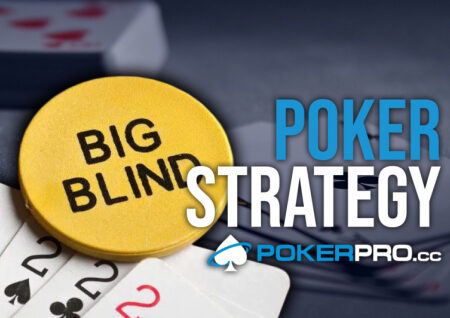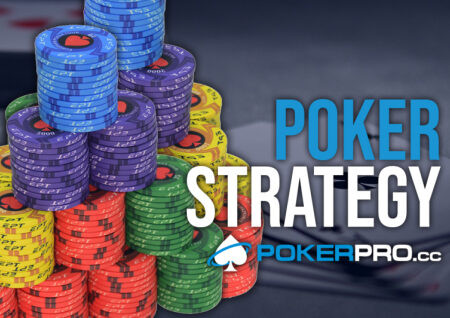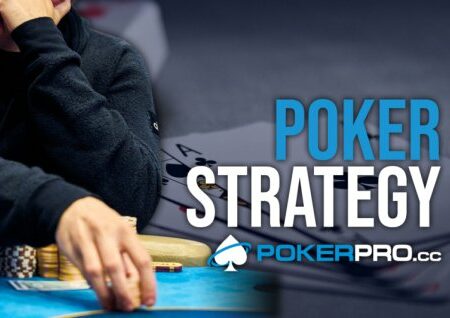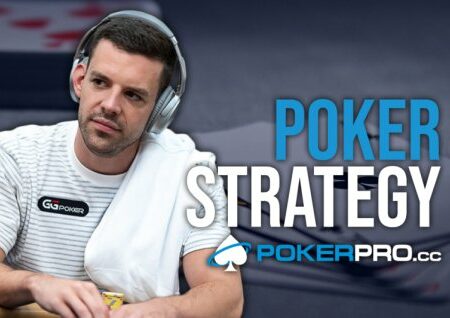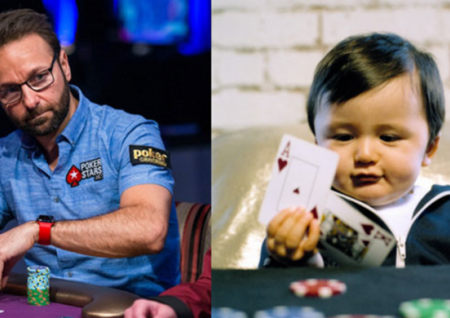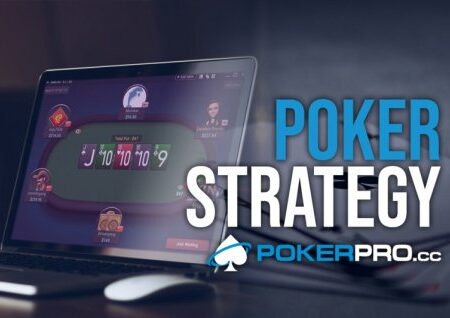There are undoubtedly plenty of online poker players whose primary focus is on satellites. Some of them are successful, others less so. Here’s a qui…
What Is The Correct Approach to Playing Poker Satellites?
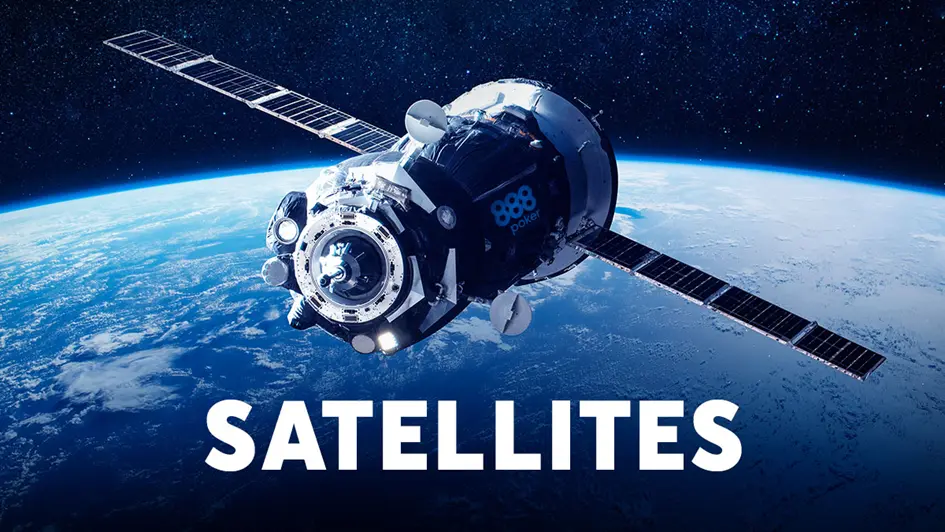
There are undoubtedly plenty of online poker players whose primary focus is on satellites. Some of them are successful, others less so. Here’s a quick checklist to help you learn your satellite basics and improve your chances of joining a successful one.
One of the biggest mistakes inexperienced satellite players make is to limit themselves from the start, and indeed there is a solid mathematical basis behind this thinking, but that doesn’t mean it isn’t counterproductive at the end of the day.
To understand what we are dealing with, let’s look at the following example: a player sees a $60 event that he would like to play, so he decides to try three $20 satellites.
After all, the fourth would cost him a total of $80, thus exceeding the direct buy-in for the event.
While from a mathematical perspective, this type of approach does indeed make perfect sense, from a satellite strategy perspective it is detrimental as it will prevent players from reaching their full potential.
If someone feels that they really have an edge playing these satellites, they should go all the way and not give up just because they didn’t get the expected result right away.
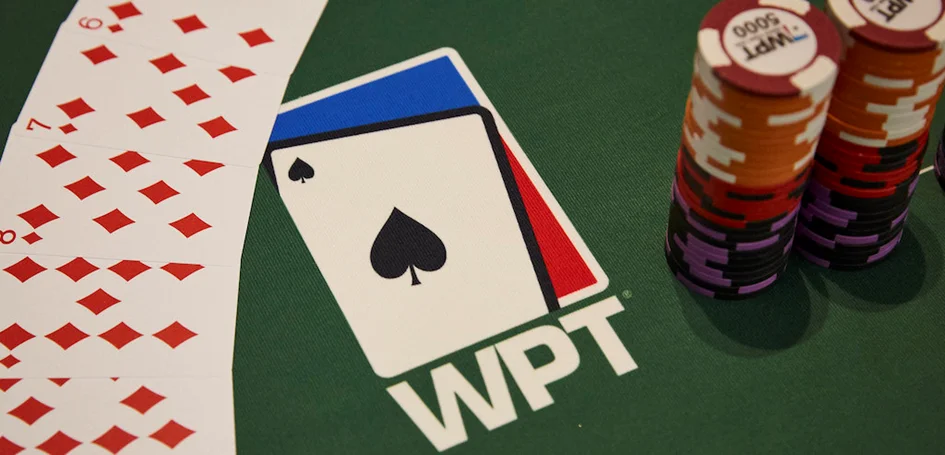
Beyond the above, there are a number of significant differences between a regular tournament and a satellite, mostly stemming from different end goals.
In a regular MTT, the goal of any smart player should never be anything less than victory. This goal dictates a certain approach.
In online satellite, on the other hand, the goals are different.
There is no single winner in the traditional sense: instead, there are as many winners as there are packages offered by a direct access satellite.
If there are, for example, 20 such packages on offer, one can pretty much be considered a winner as soon as they make it into the top 20.
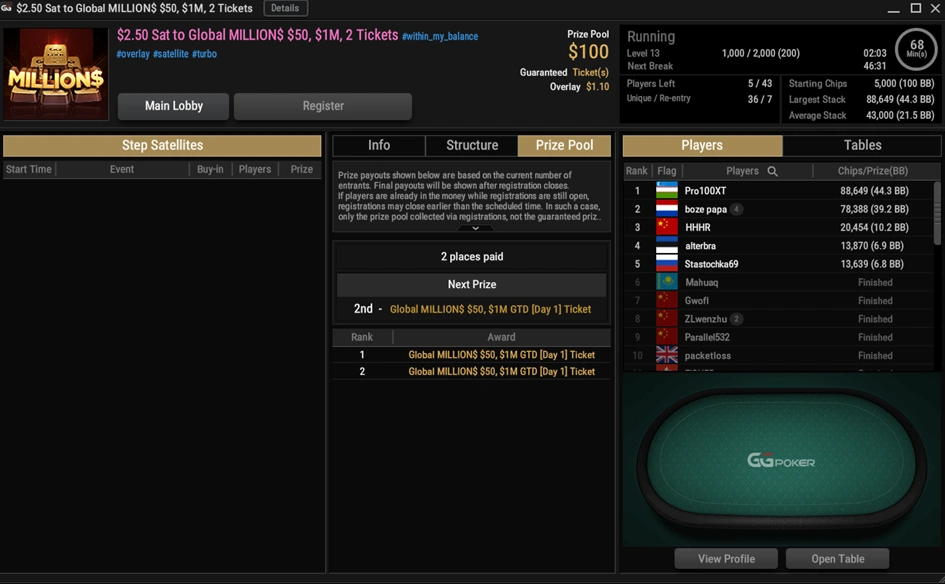
Therefore, the classical approach of going all the way is not as productive in satellites as it is in MTTs.
Early phase satellite strategy can also be quite different from tournament strategy: if the buy-in for the satellite is low or if we are talking about a freeroll, the early phases are reduced to doubling or going to sleep, where the variance is huge and the edge decreases.
During this phase, adopting a radically improved version of the good old TAG approach is the only way to go.
Later, when things settle down, it is recommended to return to the regular MTT strategy. Hopefully by that stage the player who previously stuck to the TAG strategy will have an above average stack.
During the later stages, the “fox vs. farmer” dilemma comes to the fore.
Foxes are players who act aggressively with winning as their main goal. Farmers are the ones who just aim to move up a few spots while staying out of trouble.
While in a normal tournament the fox option is clearly more strategically effective, in a satellite – due to the different prize structure – sometimes it also makes sense to be the farmer.
How far to go with the “farmer” approach depends on the exact number of packages the satellite offers.
Benefits of playing Satellite:
- A softer field, especially in satellites for larger and popular tournaments such as the WSOP.
- A simpler strategy because you don’t have to deal with the game at the final table and payjumps.
- Satellites are a great way to get a spot in a tournament you don’t have the bankroll for.
- The variance is not as brutal as in regular MTTs.
Disadvantages of playing Satellite:
- The amount you can win is limited regardless of the size of the field.
- Due to their specific structure, satellites are not as exciting to play.
- Playing satellite tournaments requires more time because when you win a ticket on the satellite you have to play the main tournament as well.
